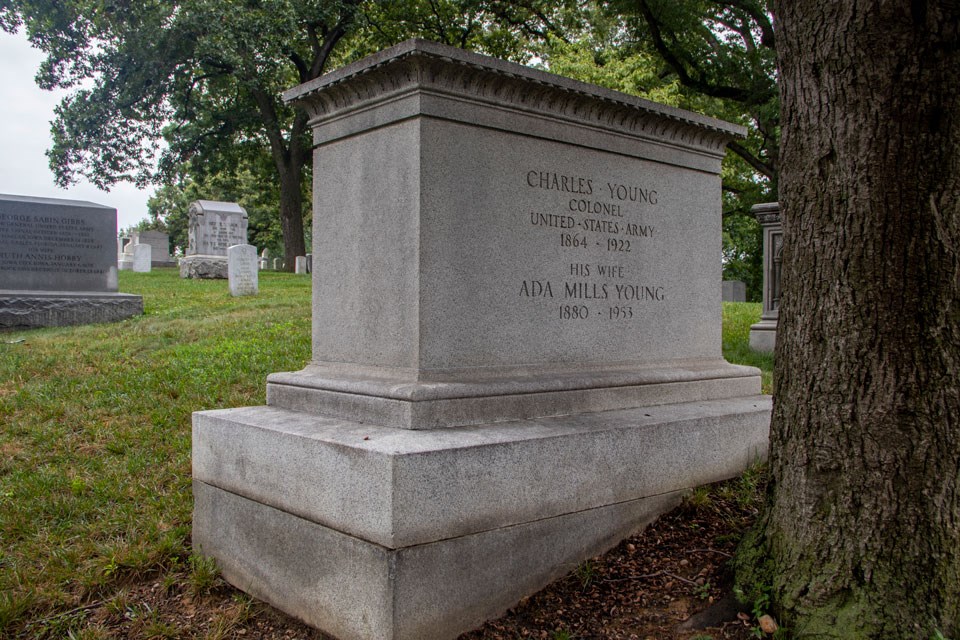World War I was a global war originating in Europe that lasted from July 28, 1914 to November 11, 1918. It was one of the largest and deadliest wars in history. America was a segregated society and black people were considered second class citizens. Many black people were of the opinion that it was unfair to fight for democracy with Europe when there was no democracy at home. Yet despite that, there were many black men willing to serve in the nation’s military. Even as it became apparent that the United States would enter the war in Europe, black men were still being turned away from military service. They were eager to show they were also patriots. Approximately 700,000 had registered for military service. Many were barred from the Marines, and served in menial roles in the Navy. They were able to serve in all branches of the Army except for aviation units.
According to the book, The Negro Pilgrimage in America by C.L. Lincoln, approximately 10,000 black men were serving in the Regular Army prior to WWI. When the United States entered the war on April 6, 1917, almost immediately the War Department stopped accepting black volunteers. The passage of the Selective Service Act reopened black inductions into the Army as enlisted men. Unfortunately, the services made no provisions for the training and appointment of black men as commissioned officers. The Army sought to remove its lone black West Point officer from the service list.
On August 31, 1889, Charles Young graduated from the United States Military as a 2nd Lieutenant. He served as a cavalry officer in Cuba, Mexico, Haiti and Liberia. Lincoln wrote “On one occasion, white soldiers refused to salute him. He removed his jacket and ordered them to salute his grade insignia. By the time our country entered WWI he was a colonel. Suddenly, the War Department determined he suffered from high blood pressure and offered him a medical retirement. He decided to contest the Army’s diagnosis and demonstrated his physical fitness for active duty by riding horseback from Wilberforce Ohio to Washington, D.C. In spite of his performance, the Army retired him. After protests from black people, he was recalled to active duty and given staff assignments, first in Illinois and later in Liberia, where he died. “
The impersonal treatment of this brave soldier caused black leaders to petition the government for officer-training programs for qualified black candidates. As a result, an all -black officer’s training school was established at Fort Des Moines, Iowa. The commandant’s position was given to a white colonel. In spite of this, the persistence paid off. On October 15, 1917, 639 black officers were commissioned: 106 appointed captains and the remainder were either first or second lieutenants. Later, other black men were commissioned as officers.
Approximately 100,000 black soldiers served in France. They were assigned to labor duty, building bridges and railroads or handling cargo. Black soldiers who saw combat duty were assigned to the 92nd or 93rd Infantry Divisions. The all black 369th Infantry Regiment received the French Croix de Guerre for gallantry and was cited for bravery. This regiment consisted mostly of black soldiers but several Puerto Rican Americans served. They were nicknamed the “Hell Fighters” by the Germans and were the first Allied combat unit to cross the Rhine River into Germany. One of the commanders was Brigadier General, Benjamin O. Davis, Sr. Davis was promoted to brigadier general on October 25, 1940. He was the first black general officer in the United States Army. He was formerly mentored by Colonel Charles Young, the only black officer in the military at that time. Young encouraged Davis to seek an officer’s commission. He and another former enlisted black American, received their commissions on February 1, 1901 at Fort Leavenworth, Kansas.
Black women sacrificed and contributed to the war effort. They joined war service organizations such as the National Association of Colored Women (NACW), Young Women Christian Association (YWCA) and the Red Cross. Many established their own groups to meet the specific needs of black soldiers. They war generated an interest in political activism. Many formed associations and protested unfair treatment.
When the war ended, black Americans hoped their patriotic sacrifices would help race relations and civil rights. In February 1919, when “The Harlem Hell Fighters”, the first all-black regiment returned from the battlefields, they paraded up 5th Avenue in Harlem. Approximately a quarter of a million people were there to greet them. This grand parade became a tribute to black American service to the nation and a frequent point of reference for civil rights.
Francie Mae. September 27, 2021.
Reference
C. Eric Lincoln. November 1967. The Negro Pilgrimage In America. Bantam Pathfinder Books.

Good day! I just wish to give you a huge thumbs up for your excellent information you have got here on this post. I am coming back to your blog for more soon. Good day! I just wish to give you a huge thumbs up for your excellent information you have got here on this post. I am coming back to your blog for more soon. נערות ליווי בהרצליה